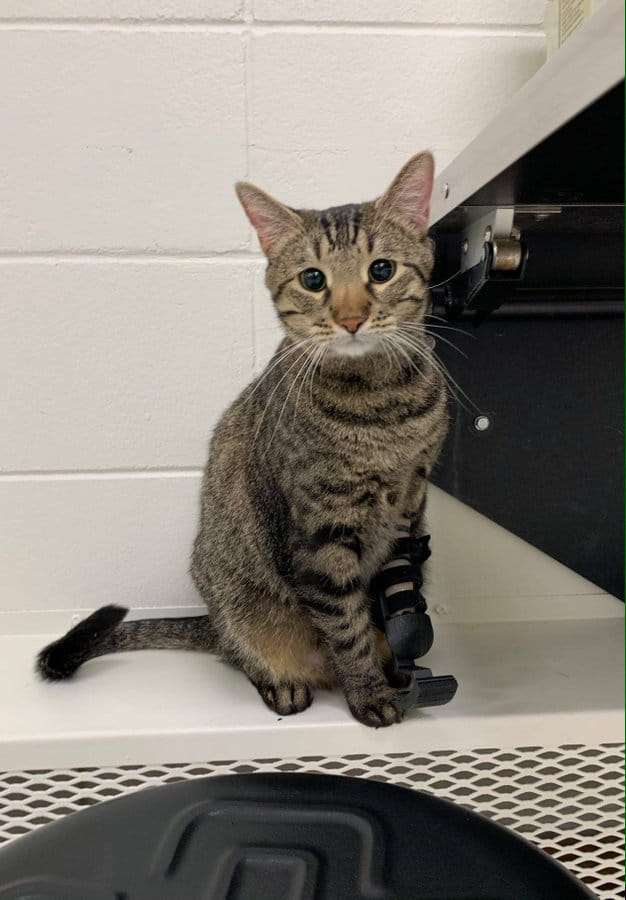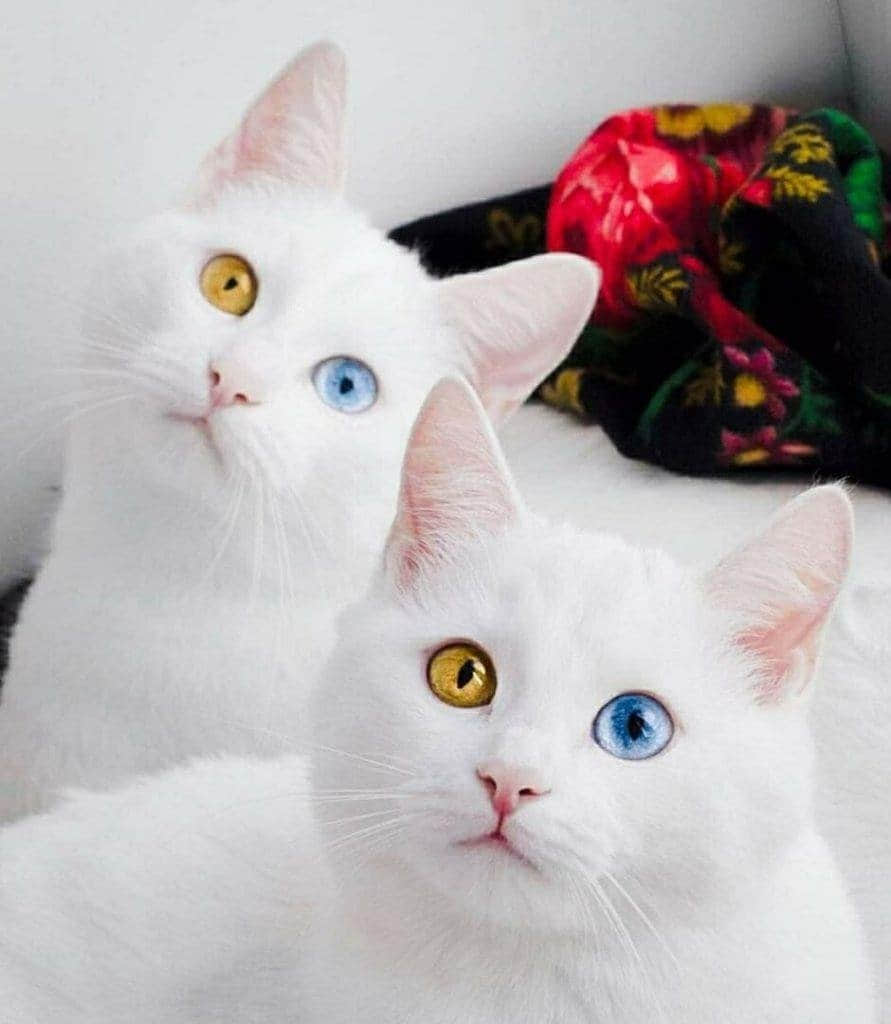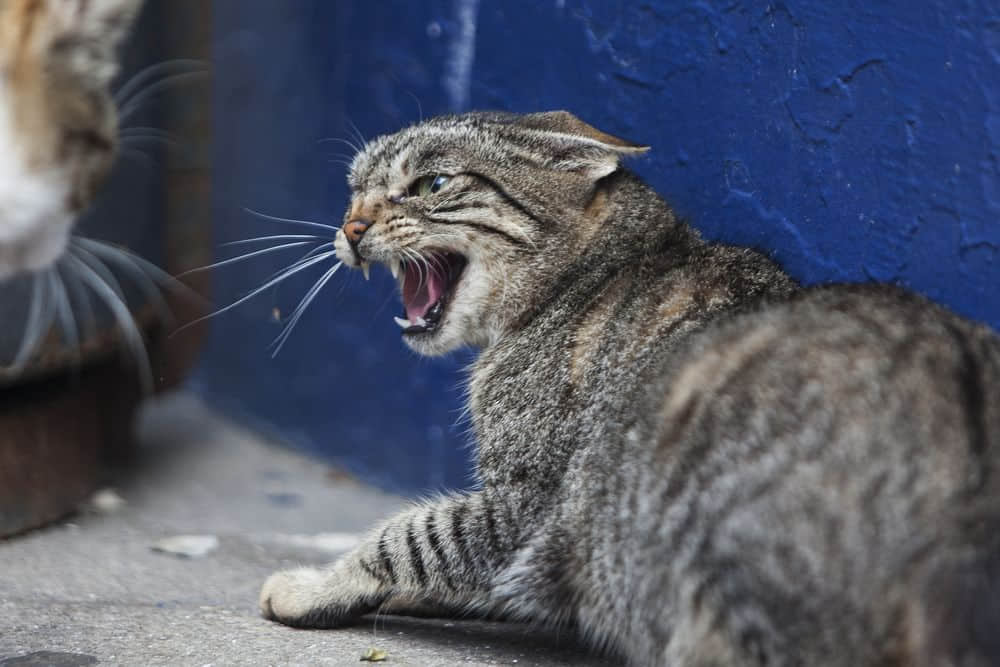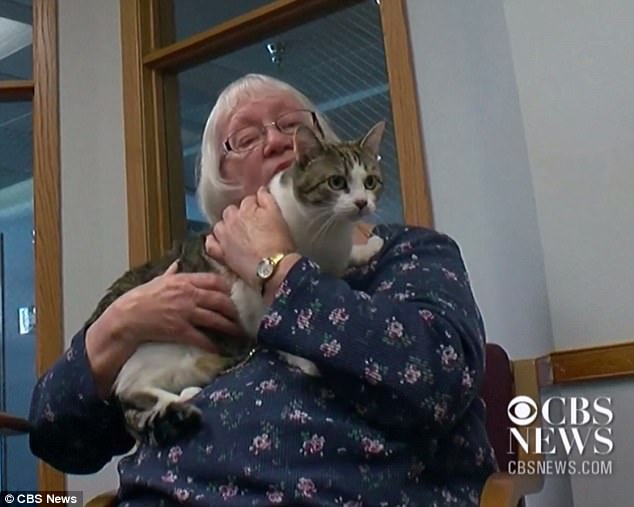‘Olive was not particularly excited to try on the device.’
When Olive the cat was plucked from a Nebraska shelter to take part in an engineering project, she wasn’t necessarily thrilled to take part.
The tabby cat was missing the lower half of her left foreleg and a team of biological systems engineering majors was tasked with creating a 3D prosthetic for her.1
“I was initially skeptical as I am not a cat person and had not particularly considered prosthetics as a part of my future career,” Harrison Grasso, a senior at the University of Nebraska-Lincoln who worked with Olive, tells Treehugger.
“However, I was excited to learn that I would get to work on a project that included a mechanical device and a physical deliverable for the client.”
Gallo and four other students were challenged to design and create a prosthetic for Olive that was adjustable, removable, and non-toxic. It had to cost less than $100 to make.
Olive was brought to the school by veterinarian Beth Galles, an assistant professor of practice in the university’s veterinary medicine program. Galles had seen other three-legged cats during her time as a vet. Other their legs had been amputated due to frostbite.1
Refining the Design

Olive tries out her prosthetic. University of Nebraska-Lincoln
The engineering students came up with a design, then altered it over the months as they worked to refine it. Ultimately, they decided on a two-piece creation made mostly of polylactic acid (PLA)—a biodegradable polyester made from plant materials like corn starch and sugar cane—and sturdy plastic.1
The bottom part of the prosthetic prototype is a curved base that functions as a foot. They added neoprene rubber tread to the bottom to add traction. The top part is an open-faced sheath and cup that holds the nub of the amputated leg. The students added a mix of three Velcro straps and a silicone sleeve to secure the prosthetic in place, but it wasn’t simple.
“The primary challenge was getting the prosthetic to work with the cat. As you could probably imagine, Olive was not particularly excited to try on the device,” Grasso says.
“It took three rounds of testing and refinement to find a solution that allowed the prosthetic to stay secured to Olive’s leg. Olive’s slick fur and loose skin around the amputation site made it difficult to fit the prosthetic. Additionally, Olive was able to shake free of the prosthetic early on in the development process.”
One of the team members had a family member with the cat, so he was put in charge of doing all the fittings. Olive was not overjoyed with the process.
“Olive was initially hesitant and reluctant to wear the device and put weight on it, which is a normal response for an animal that has been fitted for a prosthetic. Olive did her best to wriggle free of the prosthetic while we were trying to put it on and after,” Grasso says.
“However, after she had time to adjust, she was more willing to use the prosthetic. Although our time with Olive during testing was brief, we did see her begin to use the prosthetic to walk and jump.”
 Olive the cat is fitted with a prosthetic by Abby Smith (left) and Harrison Grasso (center).Craig Chandler / University of Nebraska–Lincoln Communication
Olive the cat is fitted with a prosthetic by Abby Smith (left) and Harrison Grasso (center).Craig Chandler / University of Nebraska–Lincoln Communication
A Happy Ending
The students spent about a semester and a half working on the project. The whole process was fulfilling, Grasso says
“I enjoyed our project because it allowed us to work autonomously with minimal supervision and gave us the opportunity to exercise all of the knowledge and skills that we had accumulated over the past four years,” he says.
“It was a great exercise in teamwork and engineering that closely approximated the experiences we might have in our future engineering careers. Our project was unique because of the living subject. This allowed us to put our product to the test and see how our design might actually function.”
And things turned out pretty great for Olive too.
Not only did she get a new leg out of the somewhat pesky ordeal, but she also got a new home. Galles was fostering her while the students were working on the prosthetic. She became so smitten with the cat that her family officially adopted her when the project was over.






